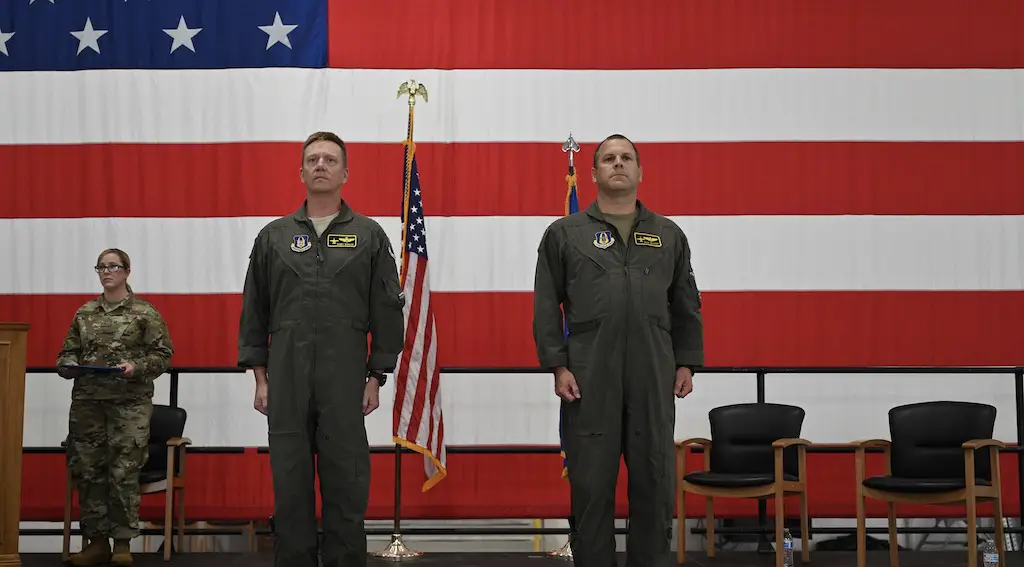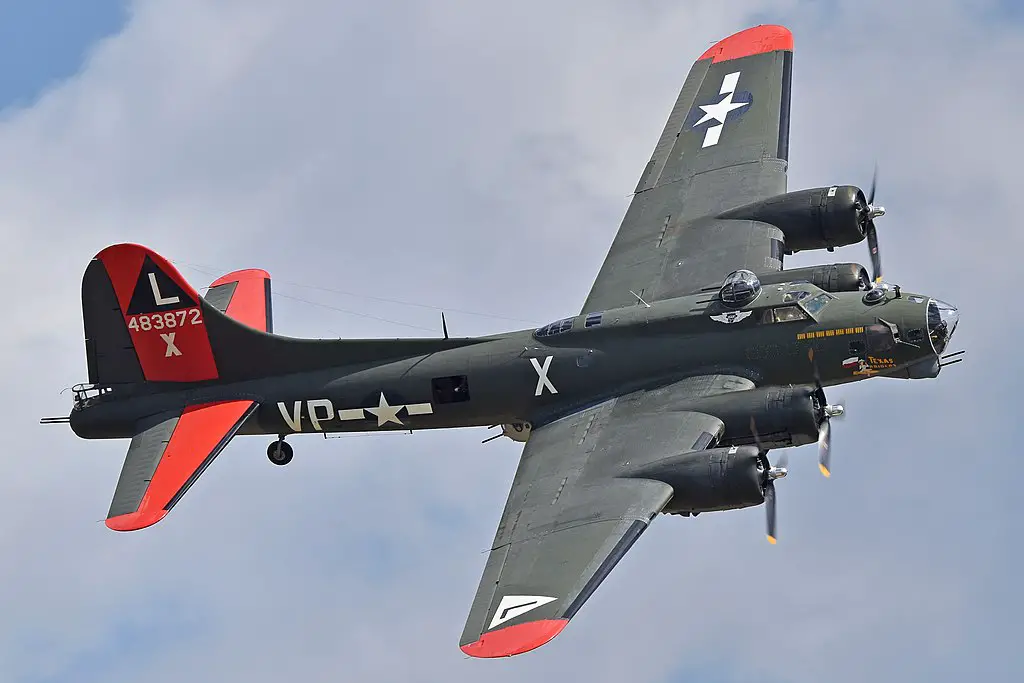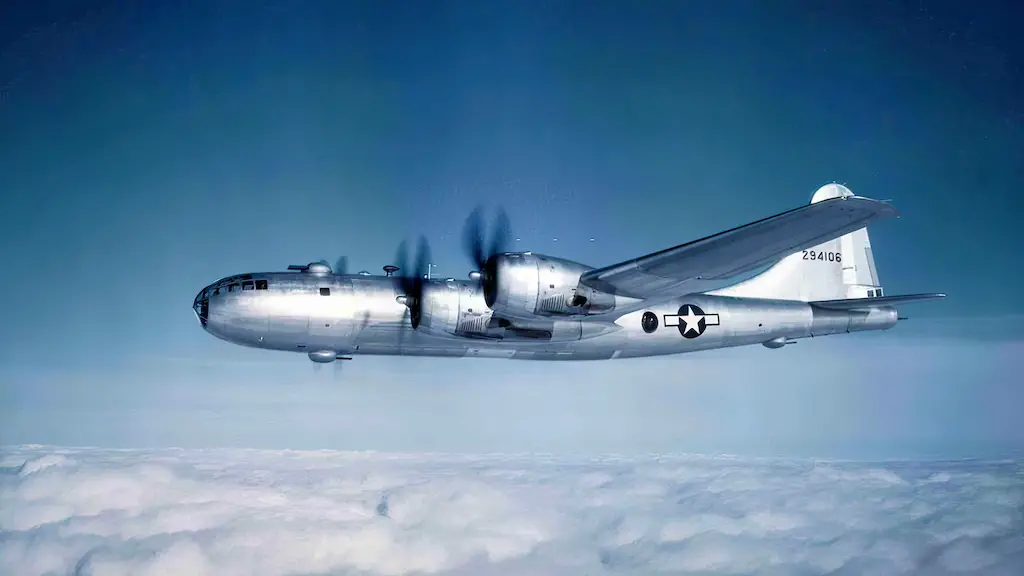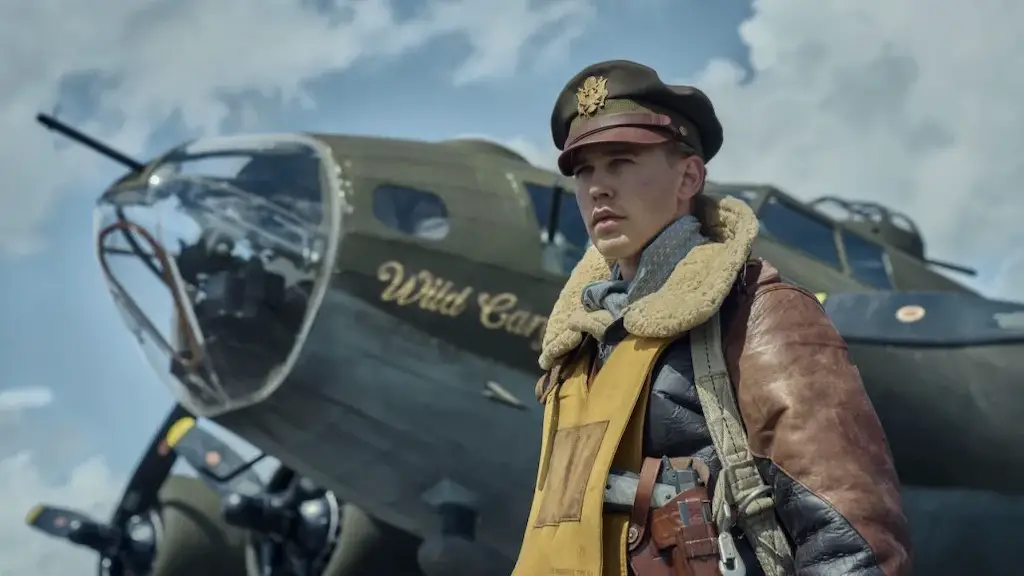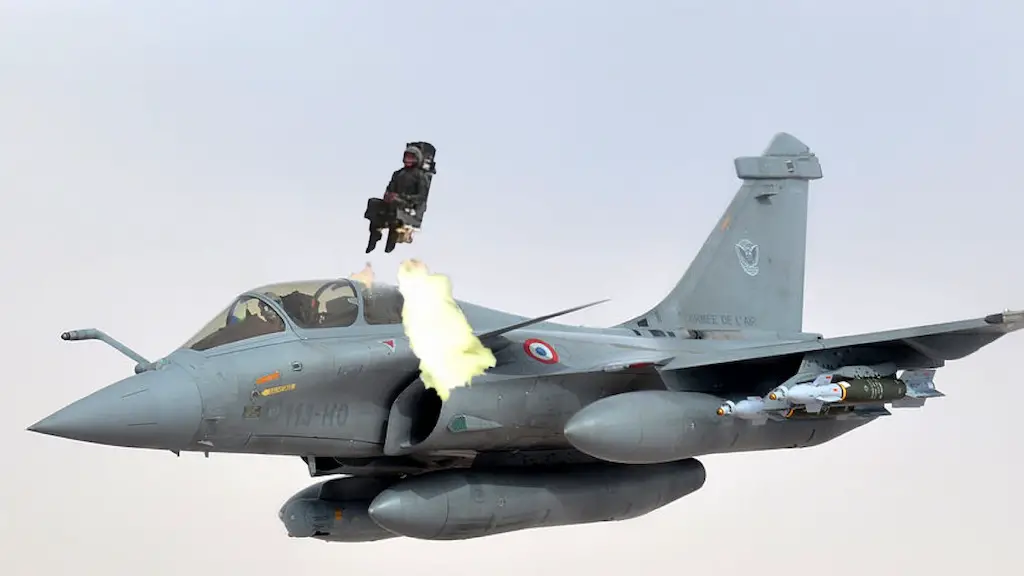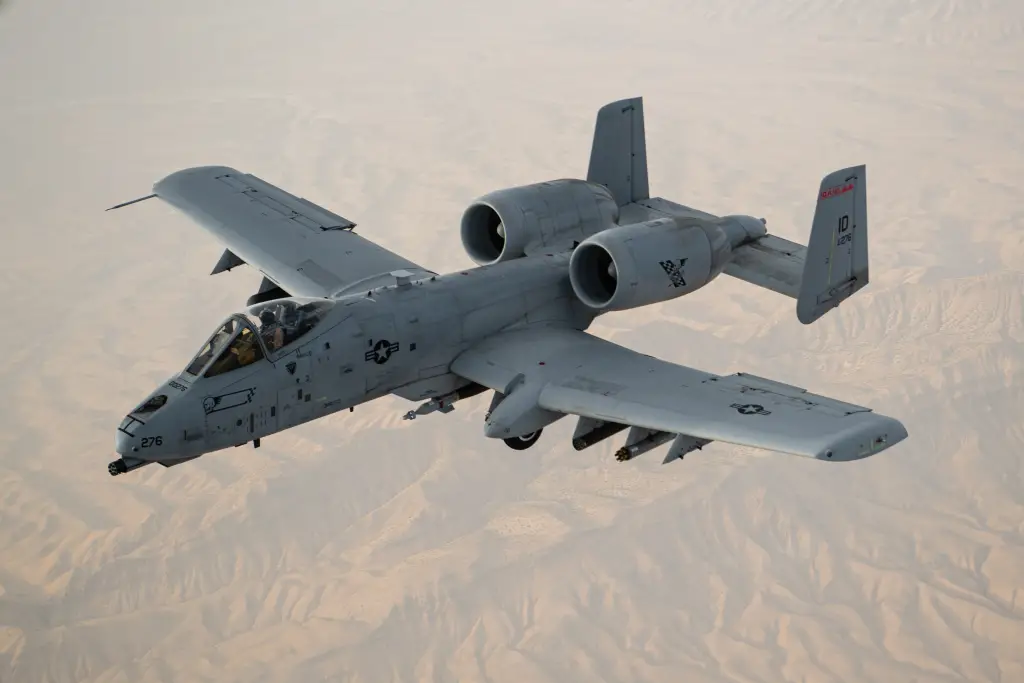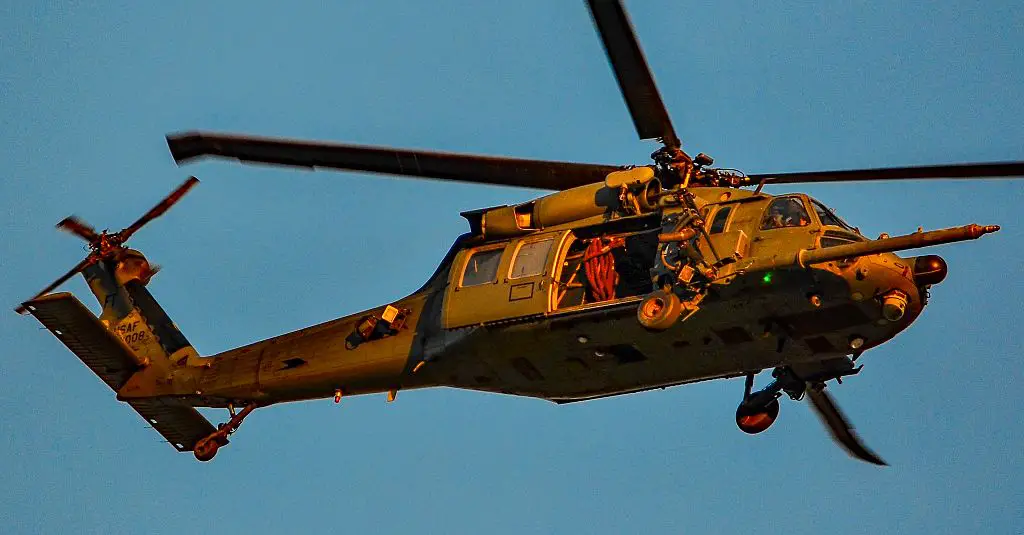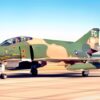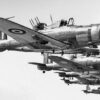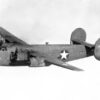Guardian angels
In 2011, two Guardian Angels – Pararescue Jumpers were sent into Afghanistan‘s Kapisa province. Their task was to rescue U.S. and allied troops aboard a downed U.S. Army helicopter.
After arriving on sight, they found one of the pilots. The situation was dire as they were told that the other pilot was unconscious and still inside the aircraft. Unfortunately, things would worsen when they discovered the unconscious pilot was dead.
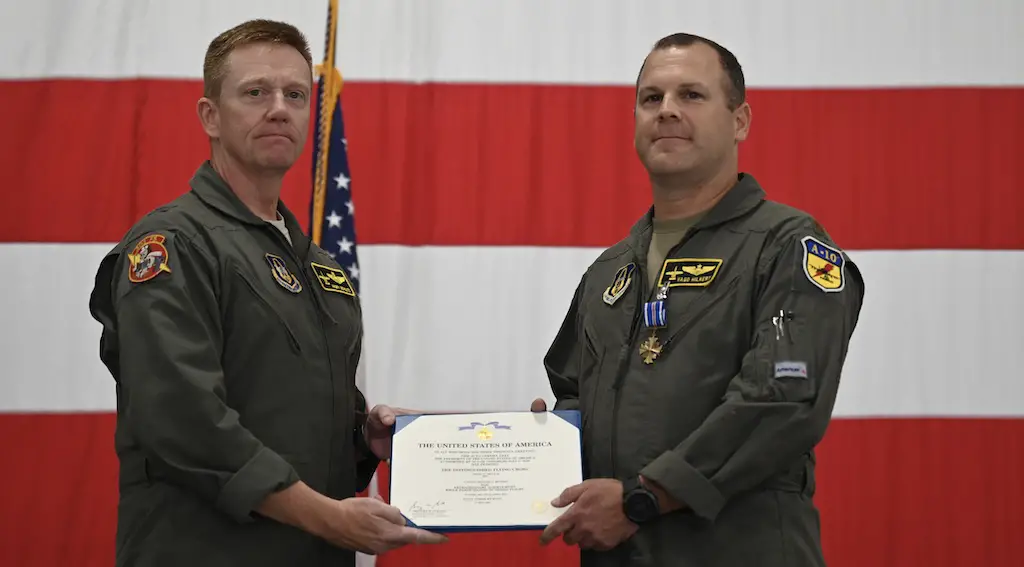
A decision was made to hoist their deceased pilot out of the area, but when attempting to do so, their helicopters were targeted by enemy fire. In addition, one of the two HH-60 Pave Hawk engines was struck, forcing it to return to the base.
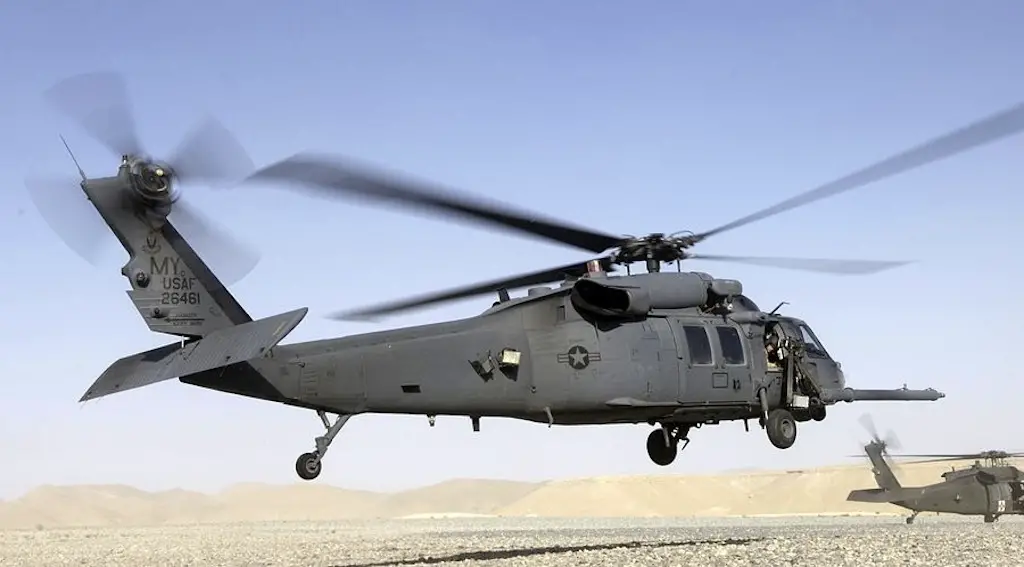
Damage
The team decided to cut the hoist cable from the other helicopter and try to land instead. However, once on the ground, they noticed that this chopper was also damaged and that it had lost most of its transmission fluid.
Maj. Hilkert was part of the Expeditionary Fighter Squadron while assigned to a ground assault force when he received a radio call over the Guard frequency. He, along with Captain Rustin “Trombone” Traynham and Lieutenant Colonel David “Seymour” Haworth, went on to form a Sandy 1 flight, a Vietnam-era call sign used by aircraft running close air support in search-and-rescue missions.
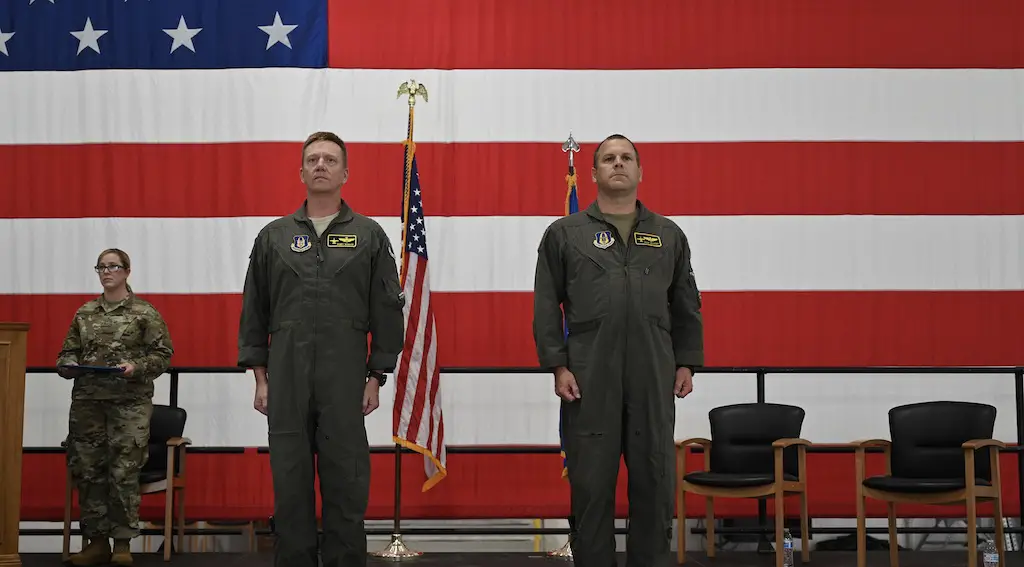
Communications
Traynham and Haworth began searching for the missing Jumpers. Both flying A-10 Thunderbolt II planes. Meanwhile, Hilkert set up airspace restrictions, and communications relays with the Air Support Operations Center, the Joint Personnel Recovery Center, and the Combined Air Operations Center.
The situation on the ground worsened, with Kline and Cenna coming under close-range heavy machine gun fire. Hikert noticed this while in the middle of aerial refueling and told his wingman to open fire with 30 MM cannons, saving the Jumpers’ lives.
Hikert provided air support to the 32-man Army Quick Reaction Force that landed at two different locations on the battlefield.
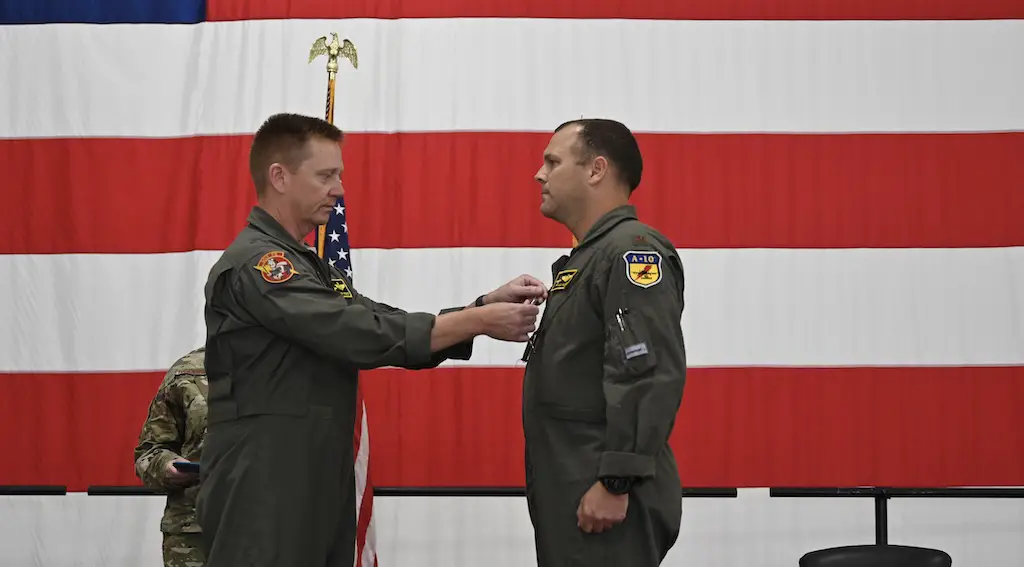
Press release
According to Air Force said in a press release: “While locating enemy positions, Hilkert simultaneously monitored the location of one half of the QRF with his binoculars, and the other with his targeting pod. He kept the rest of the aircraft apprised of their positions to allow the Apache helicopters to strike without hitting friendlies.
Additionally, he coordinated for a tanker overhead and assigned intelligence, surveillance, and reconnaissance assets to search for enemy positions in the surrounding area.” Hilkert would also distract the enemy by forcing them to direct fire at his aircraft while Pave Hawk and Apache helicopters moved in to evacuate the wounded Quick Reaction Force personnel.
Ten years later, on October 2, 2021, Major Mike “Vago” Hilkert was awarded the Distinguished Flying Cross during a ceremony at Whiteman Air Force Base, Missouri. The medal is one of the highest honors in the U.S. Armed Forces.
“It’s bittersweet,” said Hilkert. “I’m honored to be amongst a group of heroes that did their best with a bad situation. Several people lost their lives during this mission, so it wasn’t all high fives when we got home. We flew back to Kandahar in silence.”
